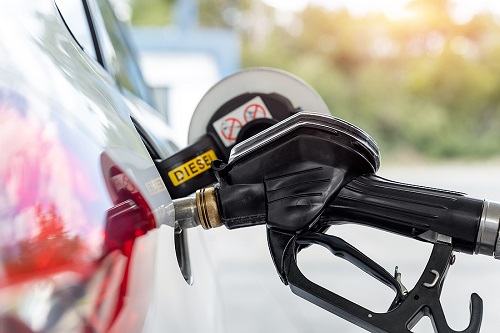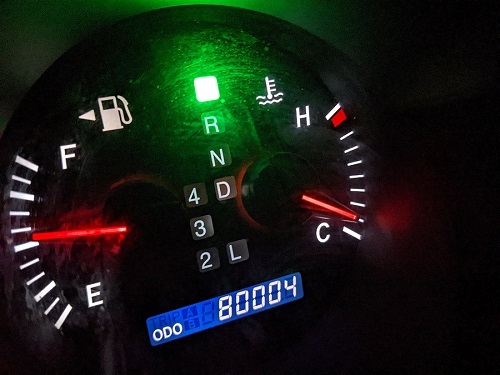If you’re in the market for a used car, one thing you can be sure of is that it will have some miles on the clock. But how much is reasonable? And does it even matter?
If you have ever bought a used car, probably the first thing you checked out was how many miles it had done.
It’s a given really: looking at the car’s odometer (its mileage recorder) is right up there in terms of priorities when researching a used car purchase, along with general condition, wear and tear and the way it drives.
But rather like ‘number of previous owners’ the mileage count doesn’t necessarily mean a car is a good, or a bad, buy. High mileage can, and usually does, have an effect on a car’s value, but it doesn’t mean a car is bad news just because it has munched a few more miles than another vehicle.
It’s what has happened over the course of those miles that really matters.
There is bad and good mileage
A 50,000 mile vehicle that has been regularly serviced and well looked after is no worse a bet than a 20,000 mile example that has never seen a garage workshop (or even an oil can).

Likewise, a higher mileage car that has spent many hours cruising up and down motorways will have had far less stress put on its brakes, clutch and gearbox than a lower mileage example that does stop-start traffic in local towns and cities.
Cars are designed to be driven. When you drill it down, that’s what they are there for. Unless you have bought a rare collector’s item which you are going to cherish and put in a museum, your next purchase is there to be used.
Fuel type is a significant factor

Diesel cars for example need to have regular use and good long runs every so often, otherwise their diesel particulate filter (DPF) can clog up and stop working. If you use a diesel car for irregular, short journeys you could be driving into trouble.
It’s difficult to define an average or ‘good’ mileage for a used car as there are so many views on this. Some experts will say 7,500 miles is a good average for a year while others will put the figure at 12,000. We think about 9,000 miles a year is a fair gauge.
So a five year old car might have 45,000 showing, an eight year old example around 72,000 and a 12 year old roughly 108,000 miles.
The recent Covid pandemic threw all these averages up in the air anyway, as cars bought new in 2019/20 sat idle on their driveways during the lockdowns and were then used less that they might have been as people worked more and more at home.
The important thing is that, if a car has been well maintained, a few more miles on the clock should not make an awful lot of difference. What matters is the condition of the vehicle and the wear and tear on its parts and components.
Cars are designed for mileage
It’s perfectly normal for a car to do more than 100,000 miles and still be a good and reliable piece of machinery. Electric vehicles (EVs) while still relatively new to our roads, can be found with 200,000 miles on the clock – with fewer working parts than a petrol or diesel car, there’s less to wear out.

Of course, when you’re shown a recorded mileage on any car you are thinking of buying, you want to be sure that the number you are seeing is a true reflection of the actual miles driven. And while you’re about it, it’s good to know how the vehicle has been treated during its lifetime.
That’s where a vehicle history check can be useful. Motorcheck’s £9.99 Single Check will not only confirm that the mileage is true, but it will show you if the car has, for example, been used as a taxi, whether it has a good MOT history, if it has ever been resprayed or whether it has been stolen or written off.
That is what’s really important when it comes to getting a good, safe used car purchase done. Because if you are armed with the right kind of information you are in a much stronger position to make a decision on whether to buy or not.
Much stronger by miles…
